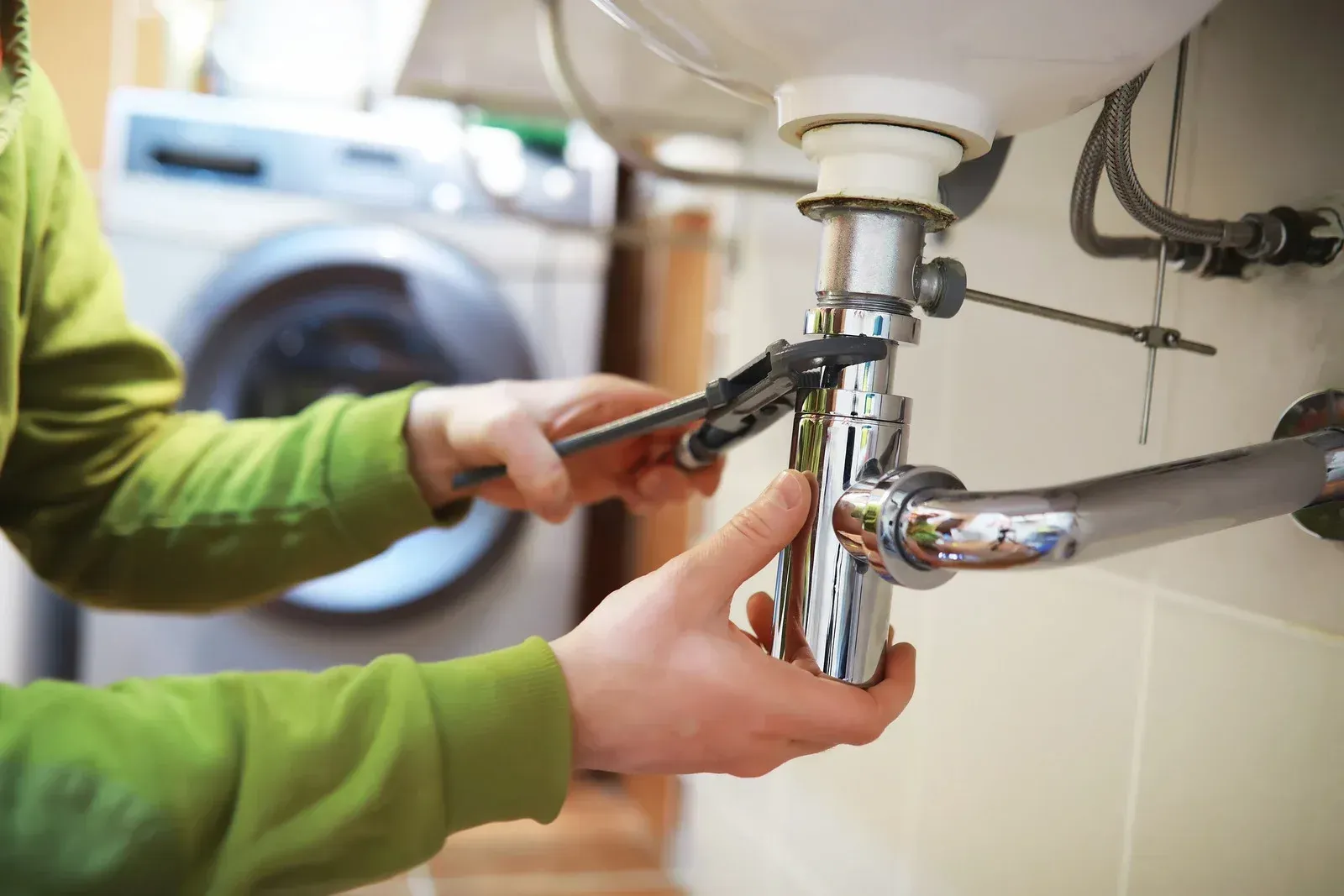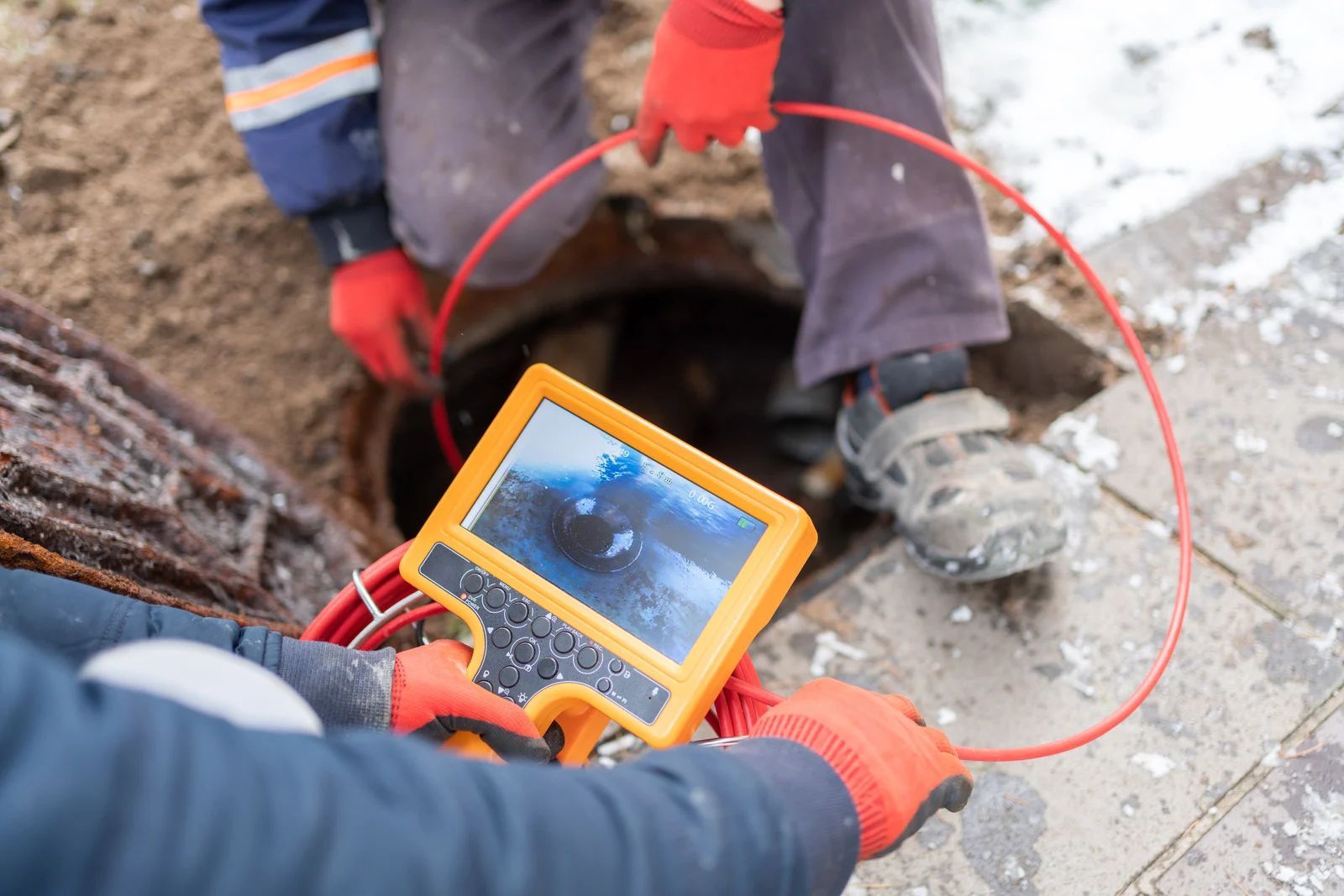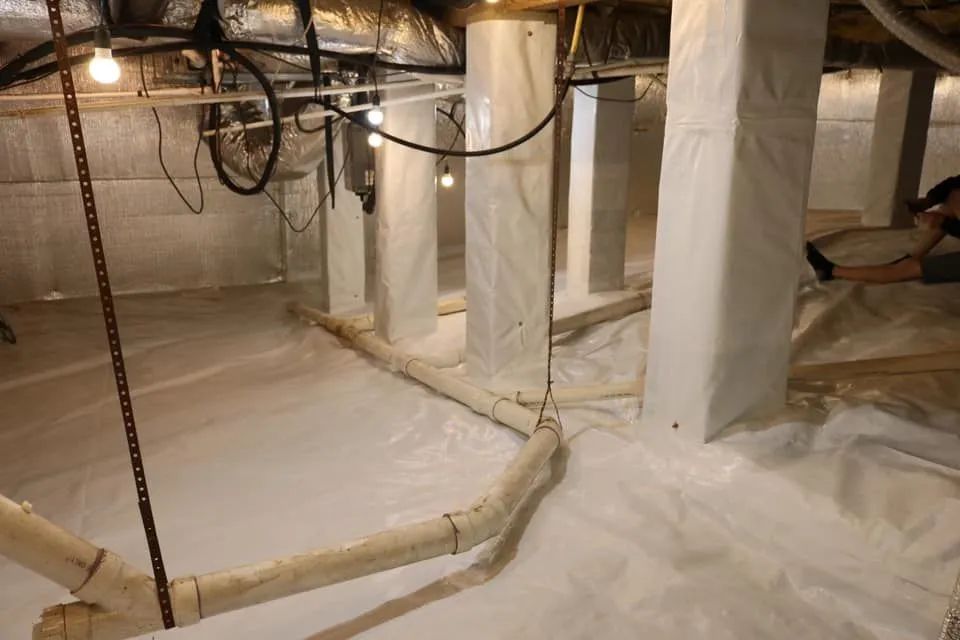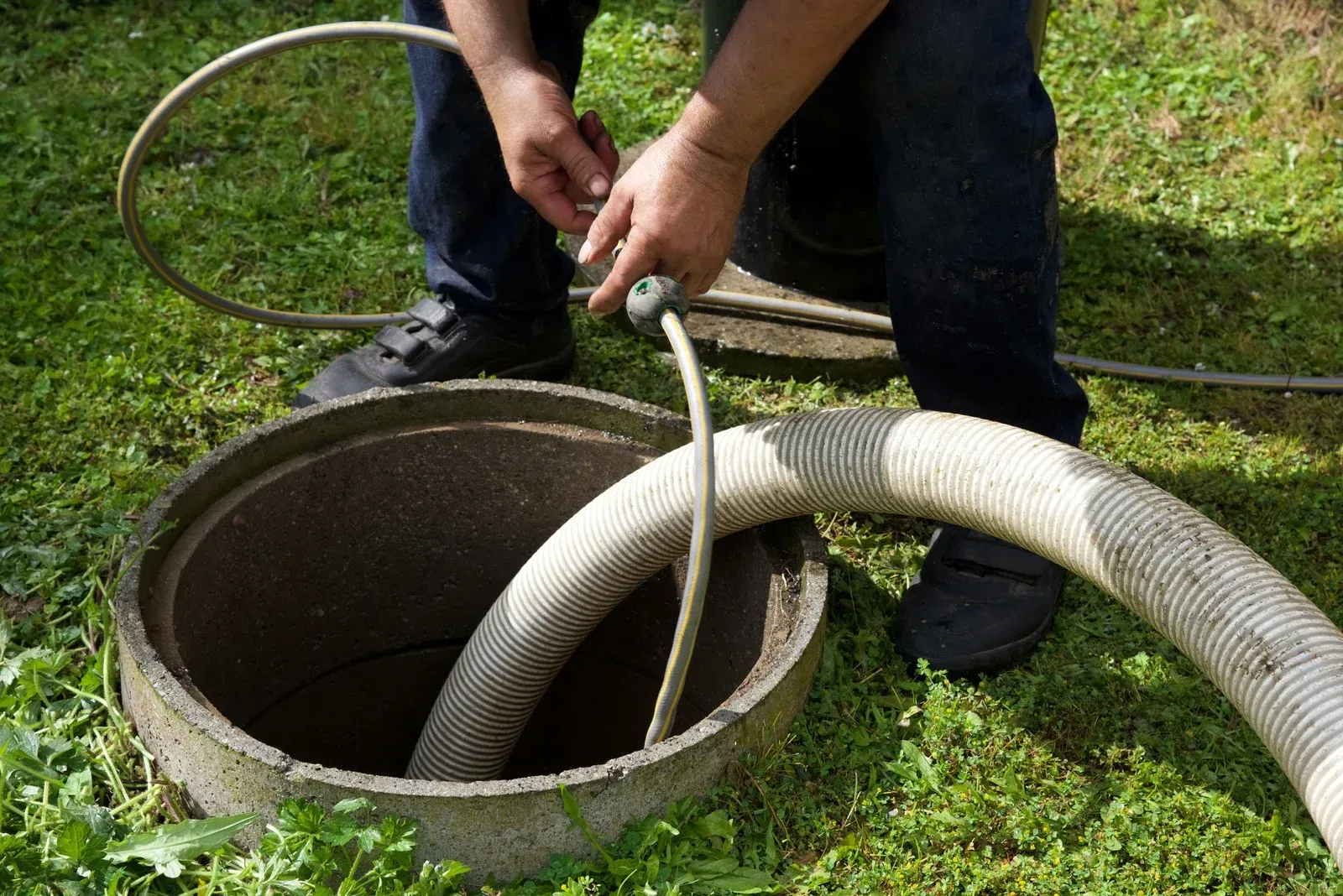3 Plumbing Problems You Need to Watch Out For
October 7, 2025

Plumbing is any building's bloodstream. The plumbing system carries away wastewater and brings fresh water to every fixture in your home. However, plumbing can also be very problematic.
Plumbing systems might experience problems that can be very complex and costly, especially if ignored.
However, with a bit of knowledge and the proper precautions, you can stop plumbing problems before they start — or at least have a professional fix the issues quickly.
The following are some plumbing issues you need to watch out for.
1. Burst Pipes
One of the most common plumbing problems that can cause damage to your home is burst pipes. Burst pipes are often a consequence of freezing temperatures and pressure buildup. When water freezes within a pipe it expands, causing the pipe to crack or break.
A burst pipe can spell disaster for your house and foundation, as the pipes release hundreds of gallons of water per hour. The water can flood your home and lead to wasted water and a high water bill.
Signs of a burst pipe include a dripping or whistling sound, water coming up from your floor drain, and water spots on walls or floors. Ice on your water lines and higher-than-usual water bills can also indicate a burst pipe.
If you suspect you have a burst pipe, turn off the main water supply valve and call a plumber immediately.
To prevent burst pipes, keep your home at an appropriate temperature. Do so even when away for an extended period, especially during winter.
2. Slow or Clogged Drains
In addition to being annoying, slow or clogged drains can lead to more significant plumbing problems down the road. Slow or clogged drains can happen in your kitchen or bathroom sink. Showers are also a common trouble spot for clogged drains.
If you have a slow drain, you likely have an accumulation of hair, food, and other debris in the drainpipes. Over time, the items can cause a buildup that restricts water flow.
A clogged drain could result from a larger obstruction further down the sewer line than hair and food particles. A wholly clogged drain will probably have standing water in the sink or tub.
Don't try a do-it-yourself (DIY) repair of a clogged drain. Attempting to clear your drain could damage your pipe system, which would lead to much costlier repairs.
3. Running Toilet
A running toilet can waste about 22 gallons of water a day. A running toilet may cause damage to your floor, ceiling, and walls if left for too long. A running toilet can result from several causes, but the most common culprits are flappers and fill valves.
A flapper is the rubber seal that connects the flush handle to the flush valve at the bottom of the tank. When a flapper is in good condition, it should create a tight seal against the flush valves so that no water from the tank leaks out when the valves close.
But if the flapper experiences wear and tear over time, it might not seal properly. And will continue leaking water even after you've flushed the toilet.
Fill valves are near the top of your tank. The valves let more water into the toilet after each flush until the water reaches a certain level. Like flappers, fill valves can wear out or break with time.
Left unrepaired, a bad flapper or fill valve can add up to hundreds of dollars to your water bill. Therefore, if you have a running toilet, have a professional take a look to prevent water damage and other costly problems.
Plumbing issues are usually a symptom of normal wear and tear. Address plumbing system issues before they become bigger and more expensive. Hiring a professional plumbing inspection service regularly can help prevent the above issues. However, if you find yourself dealing with any plumbing problems, don't panic; a qualified plumber can handle the issues.
Contact us today if you have any plumbing problems in your home.




